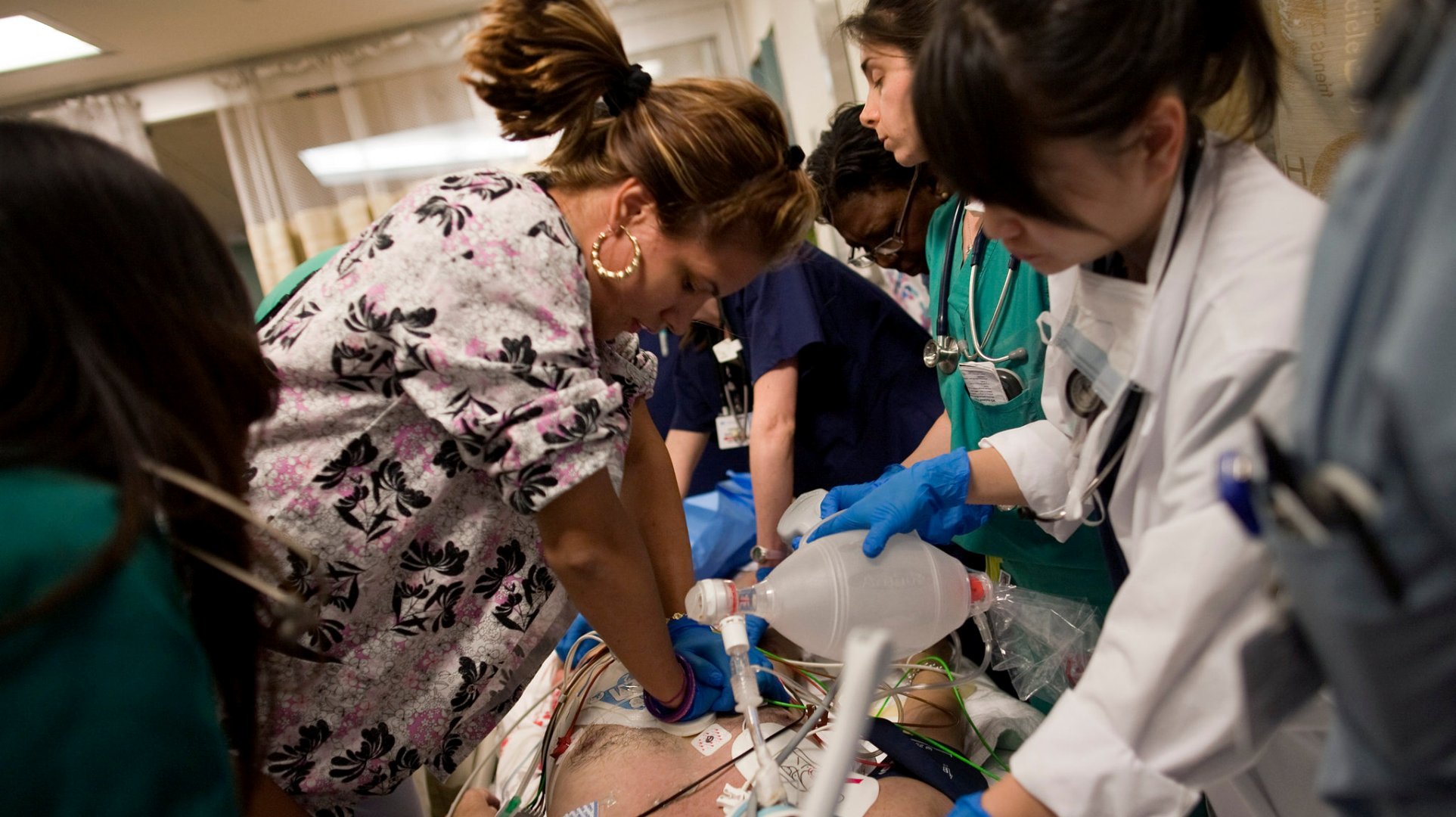What is Cardio-Pulmonary Resuscitation?
Cardio-pulmonary Resuscitation (CPR) is the term used to describe the treatments used to try and restart a person’s heart after it has stopped beating. The heart may stop for many reasons, and when the heart stops and isn’t restarted again in a couple of minutes, the person will die. The heart may stop beating due to unexpected or expected circumstances.
- Unexpected circumstances would include healthy people with no history of serious illness such as younger people who are victims of drowning or traumatic injury.
- Expected circumstances that would cause the heart to stop would include people with serious illnesses. Heart disease for example directly affects heart functioning whereas other illnesses such as kidney failure, pneumonia, severe infection or terminal cancer indirectly affect the heart.
- In patients with chronic illness such as cancer or severe heart failure, Cardio-Pulmonary Resuscitation may help extend life. In patients with an unexpected and reversible illness such as a heart attack, CPR may be life-saving.
When someone’s heart stops beating, they become unconscious within a few seconds because there is not enough blood going to their brain. During this time they are not aware of things around them and do not likely experience pain.
Cardio-Pulmonary Resuscitation was initially developed to restart hearts that had stopped because of sudden unexpected heart attacks. Later it was used in all situations where someone’s heart stopped and in many of these situations CPR was not successful. With experience we now have a better understanding of who is likely to benefit from this treatment.
Patients and families should be aware that CPR and resuscitation will only, at best, bring the patient back to how they were before their heart stopped and will not improve any of the illnesses that caused the cardiac arrest.
What happens during CPR?
If a person’s heart stops while he/she is in hospital and the decision is made to attempt CPR to resuscitate them:
- An emergency call goes out to a team of doctors and nurses.
- They rush to the patient’s room and begin to try to keep the blood circulating around the body by pushing hard on the patient’s breastbone.
- They try to help the person breathe by putting a breathing tube through the mouth to the lungs.
- They may use an electric shock (cardio version) to try to get the heart restarted.
You may have seen resuscitation such as this on television programs, although in real life it may not be the same. Certainly, Cardio-Pulmonary Resuscitation is not always successful in restarting the heart even though it commonly is on television.
How well does CPR work?
How well cardiac resuscitation works varies depending on the medical condition of the individual. Studies have found the following chances of success with CPR:
Heart attack……………………….15 out of every 100 receiving CPR
Severe kidney failure…………….5 out of every 100 receiving CPR
Cancer …………………………….2 out of every 100 receiving CPR
Severe heart failure………………2 out of every 100 receiving CPR
Serious infection (sepsis)………..1 out of every 100 receiving CPR
Are there any limitations or side effects from CPR?
There can be side effects from CPR:
- Broken breast bone and ribs from pushing down hard on the chest during Cardio-Pulmonary Resuscitation. This is particularly common in people who have brittle bones or osteoporosis.
- Bruised or punctured lungs from pushing on the chest.
- Impaired mental functioning is the biggest problem. This may occur because the brain has not received enough oxygen during the time the doctors were trying to restart the heart. A stroke might happen, which may leave the individual with paralysis or speech problems as well as memory, language, and personality problems. These mental impairments mean a person can no longer live at home without a lot of care from family and caregivers. Severe forms of mental disabilities are seen in 25-50% of survivors.





